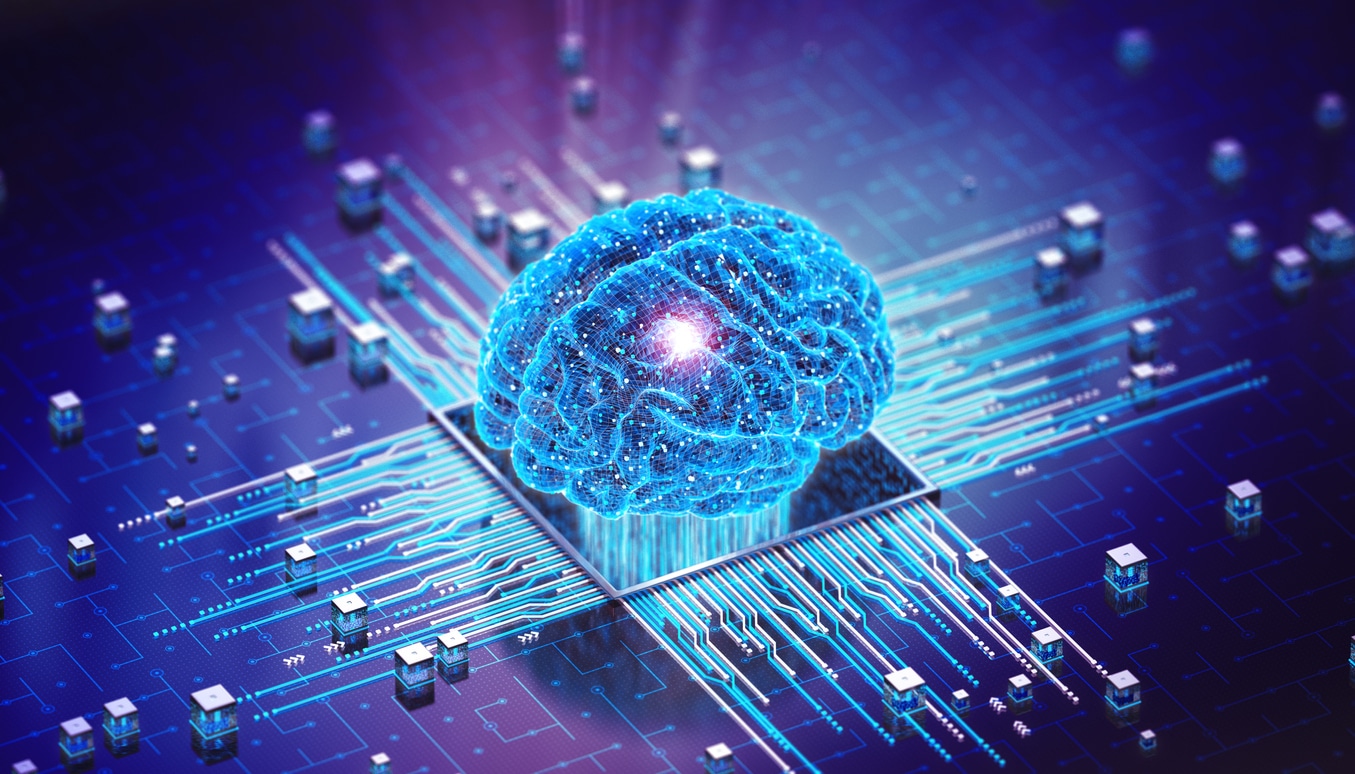AI-driven analytics applies Artificial Intelligence (AI) and Machine Learning (ML) techniques to business analytics tasks to augment, accelerate and improve the precision of data-driven business decision-making.
Why is AI-Driven Analytics Important?
AI and ML technologies allow data analytics to uncover insights using larger volumes of data faster and more efficiently than traditional methods alone can achieve. The addition of Natural Language Processing (NLP) with generative AI can help to automate the explanation of insights in complex data sets.
AI and Machine Learning extend the capabilities of data analytics across multiple dimensions. These include handling greater volumes of data to be analyzed, increasing the accuracy of predictions, and making it easier to deal with more complex data that contains more nuanced relationships.
Tools that Enable AI-Driven Analytics
TensorFlow provides neural network models for image and natural language processing. Accord.net is also helpful for image and audio data analysis. Apache Spark MLlib includes algorithms for regression, clustering, filters, and decision trees.
IBM Watson provides enterprise-class tools for managing the deployment of AI models and eases analysis by allowing analysts to drive AI-driven analytics and deduce users’ intent using a conversational approach.
Applications of AI-Driven Analytics
AI Analytic Driven Business Decisions
Business decision-making is more likely to result in a positive outcome if it is based on sound data and augmented by accurate predictive models. The best way to improve data-based decisions is to analyze larger data points using higher-quality source data sets. Applying AI and Machine Learning models makes decision-making faster and more confident.
AI-Driven Hospitality
Chatbots are helpful because they are more responsive than queuing for a human interaction. Marriott International added AI capabilities to analyze and address guest requests. This natural language processing-driven request management satisfies guest requests faster and allows for the analysis of requests to learn and fine-tune future interactions.
AI-Driven Recommendations
AI-powered recommendation engines are used by services such as Spotify and Netflix to uncover the music and viewing preferences of users and make personalized recommendations. This approach increases satisfaction and engagement levels with the app.
AI-Driven Analytics for Deeper Consumer Insights
Coca-Cola applies learnings from AI-driven analysis of large volumes of social media postings to improve its understanding of the demographics and preferences of consumers. The insights gained are used to proactively market the most appropriate products based on sentiment and tastes. This approach makes better use of marketing budgets, increases the efficiency of product distribution and improves brand perception.
AI-Driven Application Interaction Analytics
Web interaction logs analysis is a great way to understand how customers interact with services. AI and ML tools allow businesses to analyze greater sample sizes to find and fix user interface issues faster and to tune dialogs so fewer users get stuck due to poor user interface design. NLP can interpret chat logs to understand issues so they can be explained to product managers and developers.
Next Best Action Analysis
Marketing automation can use AI and Machine Learning techniques to analyze prospect activity, recommend what offers to consider next, and segment web visitors according to the appropriate next nurturing action. Ad copy can be better targeted or adjusted based on the analysis of previous interactions.
The Benefits of Using AI-Driven Analytics
AI and Machine Learning driven analytics is rapidly gaining popularity due to their many benefits, which include:
- Increased Business Efficiency: AI, ML and NLP make businesses more efficient by reducing the risk from poorly informed decisions, improving customer interactions and reducing development times for new applications.
- Reduced Risk: The ability to train ML models with larger data volumes has resulted in better predictions, leading to better decision making with lower risk.
- Better Fraud Detection: Using AI to analyze transactions to look for hidden red flags and subtle correlations makes fraudulent transactions easier to detach and prevent.
- Reduced Cybercrime AI can analyze network traffic in real-time to stop malicious attacks faster.
- Reduced Customer Churn: Chatbots with generative AI have made customer service more responsive thanks to more natural interactions. Analytics that are based on past interactions improves personalization, making chatbots easier to interact with. The benefit is happier and more loyal customers.
Actian and AI-Driven Analytics
The Actian Data Platform is easy to deploy and use. As AI-driven analytics need to consume growing volumes and types of data, a scalable data analytics platform with a rich set of feature sets for ingesting and organizing data for analysis is needed. The built-in data integration capabilities centralize data pipeline orchestration to lower management costs. Data transformation functions elevate data quality. User Defined Functions can be used to deploy ML models in the Actian Data Platform and helps ML engineers and data scientists by automating data pipelines, connecting to operational data sources using predefined connectors and transforming data for ML models.
